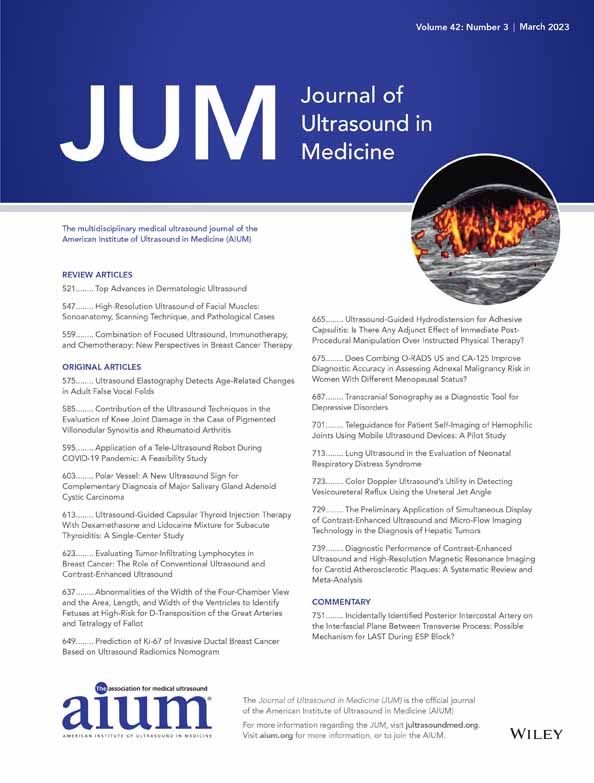Abnormalities of the Width of the Four-Chamber View and the Area, Length, and Width of the Ventricles to Identify Fetuses at High-Risk for D-Transposition of the Great Arteries and Tetralogy of Fallot
Abstract
Objectives
The prenatal detection of D-Transposition of the great arteries (D-TGA) and tetralogy of Fallot (TOF) has been reported to be less than 50% to as high as 77% when adding the outflow tracts to the four-chamber screening protocol. Because many examiners still struggle with the outflow tract examination, this study evaluated whether changes in the size and shape of the heart in the 4CV as well as the ventricles occurred in fetuses with D-TGA and TOF could be used to screen for these malformations.
Methods
Forty-four fetuses with the pre-and post-natal diagnosis of D-TGA and 44 with TOF were evaluated between 19 and 36 weeks of gestation in which the 4CV was imaged. Measurements of the end-diastolic width, length, area, and global sphericity index were measured for the four-chamber view and the right and left ventricles. Using z-score computed values, logistic regression was performed between the 88 study and 200 control fetuses using the hierarchical forward selection protocol.
Results
Logistic regression identified 10 variables that correctly classified 83/88 of fetuses with TOF and TGA, for a sensitivity of 94%. Six of 200 normal controls were incorrectly classified for a false-positive rate of 3%. The area under the receiver operator classification curve was 98.1%. The true positive rate for D-TGA was 93.2%, with a false-negative rate to 6.8%. The true positive rate for TOF was 95.5%, with a false negative rate of 4.5%.
Conclusions
Measurements of the 4CV and of the RV and LV may help identify fetuses at risk for D-TGA or TOF.




